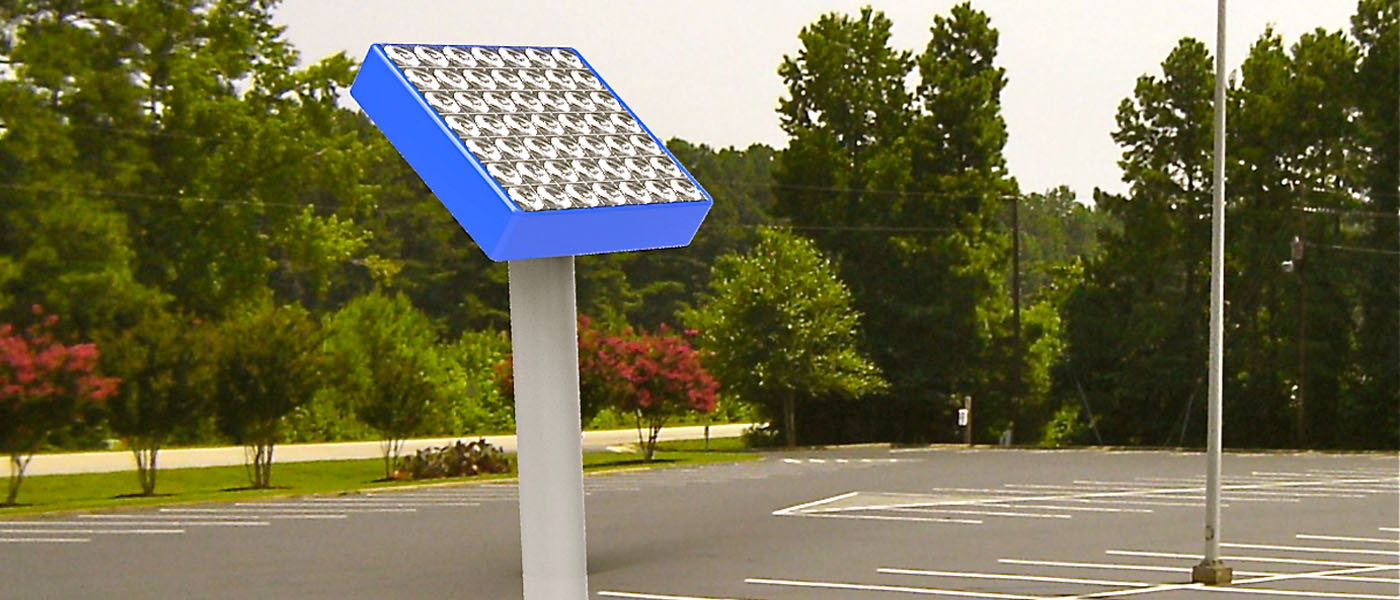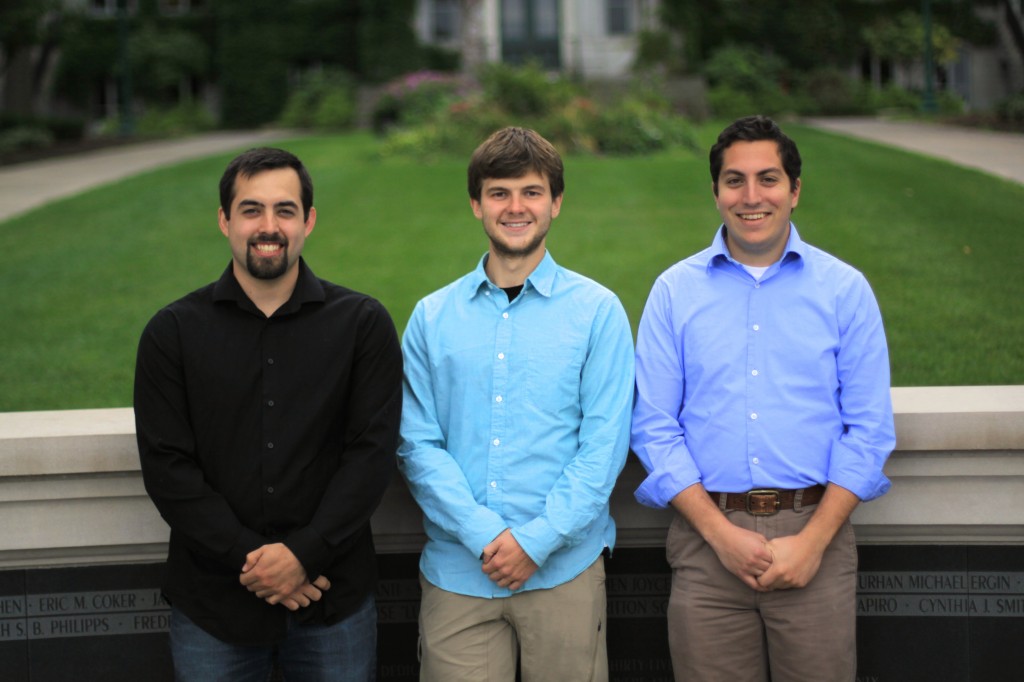In the midst of the legislative war on fracking and the violent war on oil, the world’s store of non-renewable energy is “drifting away,” as pop singer Mr. Probz would say: “wave after wave.”
Furthermore, though climate change has unfortunately shifted to a political-economic issue, “There is no debate from a scientific standpoint,” says James Shomar, CEO of Solstice Power, “We can measure the effects of human produced carbon dioxide levels verses those naturally produced by the environment.”
“It’s as if the world is on a diet of cheeseburgers, fries, and lava cake,” he says. “We all know this is a pretty bad idea,” analogously referring to relying on energy that creates carbon waste.
In the latest Christopher Nolan film, Interstellar, astronauts, led by Matthew McConaughey, venture out into the great unknown looking for a new place in the universe for humans to live after destroying our own planet.
It is an artful and compelling film: but if human beings do not take heed, this could easily be fact instead of silver screened special effects.
Enter Solstice Power
Solstice Power was conceived by three Syracuse University students who believe they can make the world a better place: James Shomar, CEO, who holds a B.S. in Mechanical Engineering and MS in Entreprenuership from SU; Griffin Kearney, CTO, a Ph.D. student in Electrical Engineering at SU with a M.S. in Mechanical-Aerospace Engineering; and Tim Jeter, Chief Engineer, also an M.S. in Mechanical-Aerospace Engineering. Basically, these guys are brainiacs who know how to apply it.
What Is Solstice Power?
Solstice is the modern innovation of solar power. There’s a big, yellow ball of fire in the sky that is giving off a hell of a lot of power. Harnessing that power over the last few decades has proven highly inefficient; until now.
Typical solar panels can fill double the roof space of a building, taking an average of 40 years to pay off with batteries that cost double that of the panels themselves. This is not consumer friendly.
Furthermore, energy costs are expected to increase by 80% according to the EIA (Energy Information Administration) by 2040.
To combat this, the Solstice Power team has come up with a cost effective solution.
First, most solar plates produced remain in a fixed position all day – mounted to a roof, for instance. This gives them ideal exposure to the sun for only a small segment of daylight. Solstice’s model actually moves with the sun, like a flower, providing maximum exposure to and absorption of light energy.
Next, standard solar panels have become unsightly and overbearing. Under current developments, the Solstice system is designed to be three times more efficient than the current models, using only one-third of the normal space and requiring half the cost of current setups.
And – it’s clean energy.
How do they do this?

The Solstice Power Hybrid System is a combined heat & power solar technology.
Photo: solsticepower.com
The system uses a CPV (concentrated photovoltaic) model which is, basically, a large lens that captures light and heat energy into a highly efficient solar cell. The prototype they are creating will be purchased and installed at SUNY-ESF. The beta product is measuring six feet by six feet and will produce a hybrid of 1.3 kilowatts of electrical energy, and 2 kilowatts of thermal power heat – enough to both heat and power a house.
The current silicon solar cells used in flat solar panels are 15.8% energy efficient in capturing energy. Solstice’s multijunction solar cells are rated at 40% efficiency.
After perfecting the beta model, the company plans to release the technology on the world market with some strategic partners.
The model currently works off the grid, but will sync into the National Grid system, “Net Metering” the consumer’s electric usage as extra energy is produced. So, instead of you paying National Grid, National Grid will pay you.
A Syracuse Innovation Company
“We want to stay in Syracuse and give back,” said CEO Shomar, “We have the resources here and the cost of living is low. In today’s world there’s nothing stopping you from connecting to others around the world.”
The company was incubated in The Syracuse Technology Garden’s Clean Tech Center, Syracuse University’s Couri Hatchery in the Whitman School of management, and the Syracuse Center of Excellence Start-up Partners program and has also been featured in the Kairos K50, a global entrepreneurship organization.
Support the Cause for a Better World
In order to complete its beta model, Solstice Power has turned to crowdfunding and created a Kickstater Campaign that runs until Saturday, February 7, with a goal of $25,000. All or nothing, Kickstarter will only grant them the money if they raise the full amount. As of December 2014, they have 12 backers and have raised $1,555 of their $25,000 goal.
Funding this project may help humankind avoid being stuck with an Interstellar problem.
Click here to donate and learn more.
You might help change the world.
 Joe Cunningham is a Marketing Consultant and Writer for Kinani Blue. You can follow him on Twitter or email him at [email protected].
Joe Cunningham is a Marketing Consultant and Writer for Kinani Blue. You can follow him on Twitter or email him at [email protected].












